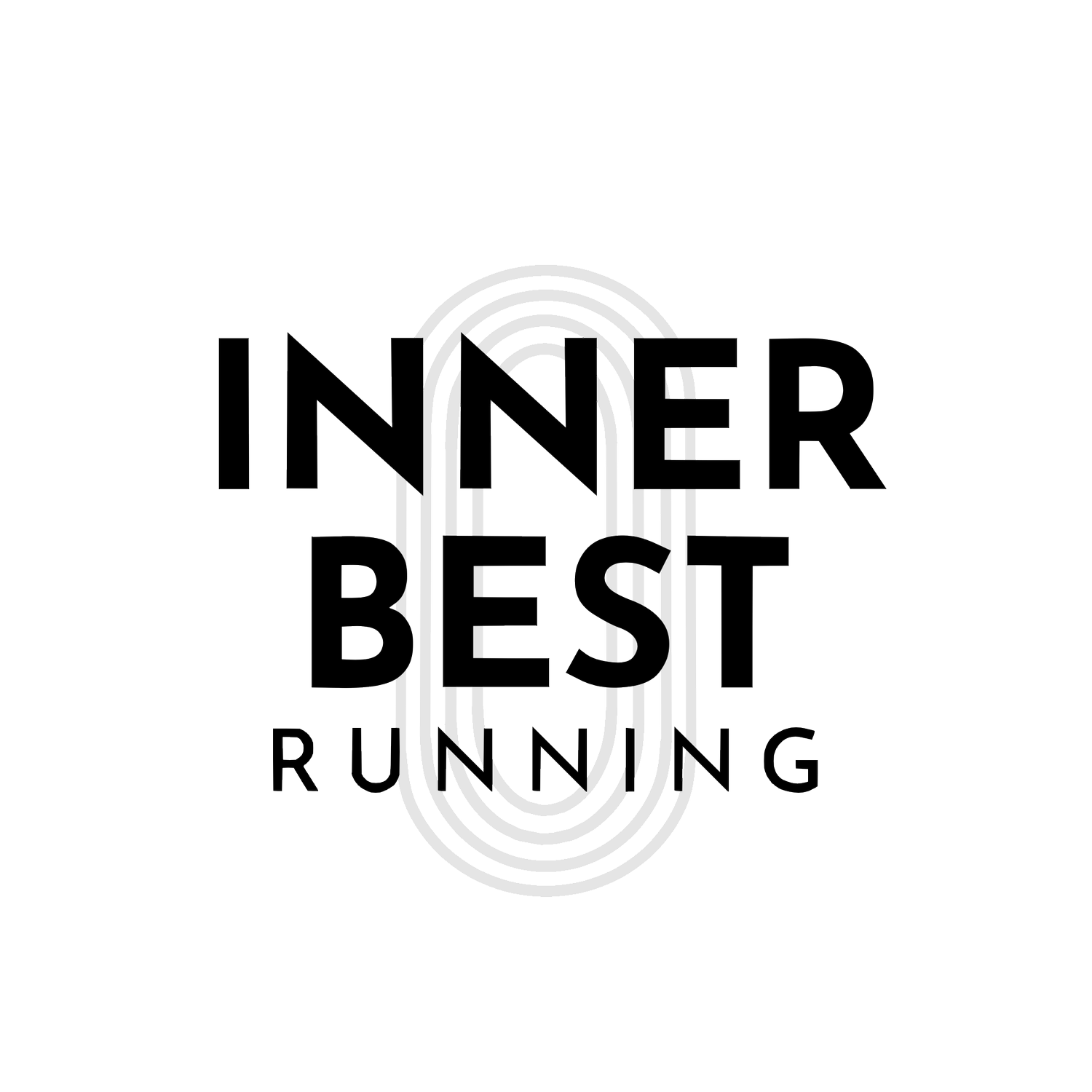Get with the program
A training program is essential to reach your fitness goals
Running is often sold as the purest sport, based on its seeming simplicity. In theory at least, that makes sense: we are born to run, and it’s an activity that doesn’t require a lot of gear. A pair of shoes, and not even that if you’re on grass or sand.
And yet, as a pursuit many struggle with the discipline of running, finding it difficult to maintain consistency. Many give up or run only intermittently, perhaps frustrated about not being able to progress in their fitness or because they end up sore or injured regularly.
Thankfully, there is a lot of wisdom - and data - on what works as a runner, and what to avoid. In subsequent posts, I will write about the importance of easy running, and being patient with gains.
In this post I want to focus on my second rule: Trust the Process. For me, the process is your training program.
A training program is not just a must for elite athletes. If you’re aiming to run regularly, enjoy it, and improve, I believe a training plan is essential.
Why?
First of all, running, like any serious pursuit, requires a certain level of commitment to do it well. A program imposes discipline - it means you’re committing in advance to implementing some fitness goals. Imposing this kind of accountability on yourself will help in moments of weakness, such as when you’re tired and unmotivated.
You might not be able to follow the program to the letter. But if you start out with a plan, you’re far more likely to achieve gains than if your attitude is to just go for a run when you feel like it.
Secondly, routine is really important when it comes to doing anything well. A program helps take out much of the guesswork and variability of your running, and to allow you to integrate your fitness plan into what is likely a busy life consisting of work, family and social commitments. A program might be the difference between whether you make time for your run or not, because you’ve set time aside for it in your life schedule.
Thirdly, a training program is the most certain method to consistently improving your fitness and performance. This is because a correctly-designed program combines your level of commitment, current fitness level, running goals and your body’s adaptations to training to provide a platform for success. I’ve followed a program for the past three years and can attest to this, having come on in leaps and bounds (pun intended) in my running.
A running program will provide a structure for your training and can be designed as either a general guide or to build to a specific race or event. If designed and followed correctly, it will:
Ensure you don’t overload, by managing your mileage and intensity
Make sure you have the right mix of easy and harder runs, as well as rest components such as days off and easier weeks
Provide a stable platform to improve your aerobic fitness over time
If you’re training for a race, integrate a taper component to help you freshen up in advance
You can find lots of generic running programs online. “Couch to 5k” is a popular example. The idea is that over a period such as six weeks, a runner can build up their efforts to reach a specific goal. A training plan will include specifics on how long to run or what distance to cover, as well as suggested paces and/or efforts.
Sometimes the plan can be particularised to your circumstances. If you’re a Strava subscriber, for example, you can generate a date-specific training plan for up to 14 weeks for distances from 5k to marathon, and you’ll receive an email every day informing you what your next planned run is.
These sorts of plans are perfectly adequate and can be used successfully - I’ve used them myself to train for distances up to the marathon.
I was also someone who had no difficulty in sticking to a program and was happy to run on my own.
However, I made plenty of mistakes too, often because I didn’t understand much of the jargon I found in workouts. How many of these terms do you know: cruise intervals, tempo runs, threshold heart rate, fartlek, float, recovery, lactate threshold, Zone 2, anaerobic intensity, strides?
I could go on… Many of the training programs you find online will use these terms, often interchangeably. I knew none of them when I started running, and confusion often arose when I tried to apply these concepts without the background knowledge.
This is where coaching in conjunction with a program provides real benefits. As a coach, I make sure my athletes don’t just have a generic program, but an understanding of the specifics of what they are trying to achieve in a given run - like what sort of paces and intensities to run at and what heart rate zone to stick to. These are customised based on the individual athlete’s ability, so it’s the polar opposite of a generic approach.
Some flexibility is in order: the training program is a means to an end, rather than something to become a slave to. Life will get in the way sometimes. If you’re tired, you can skip a day if need be, or make up a harder workout later, or maybe even skip it altogether. But nonetheless, to improve consistently, a training program is an essential system to have to reach your goals.
To find out about how Inner Best Running can design a training program that works for you, get in touch via the link below.

